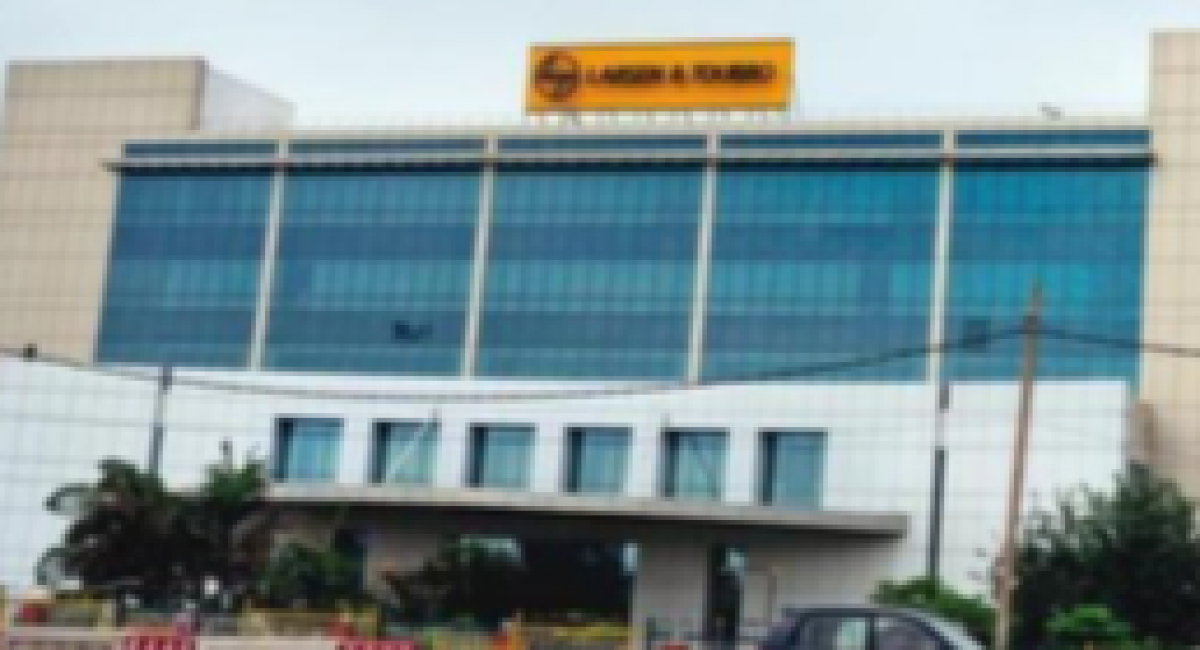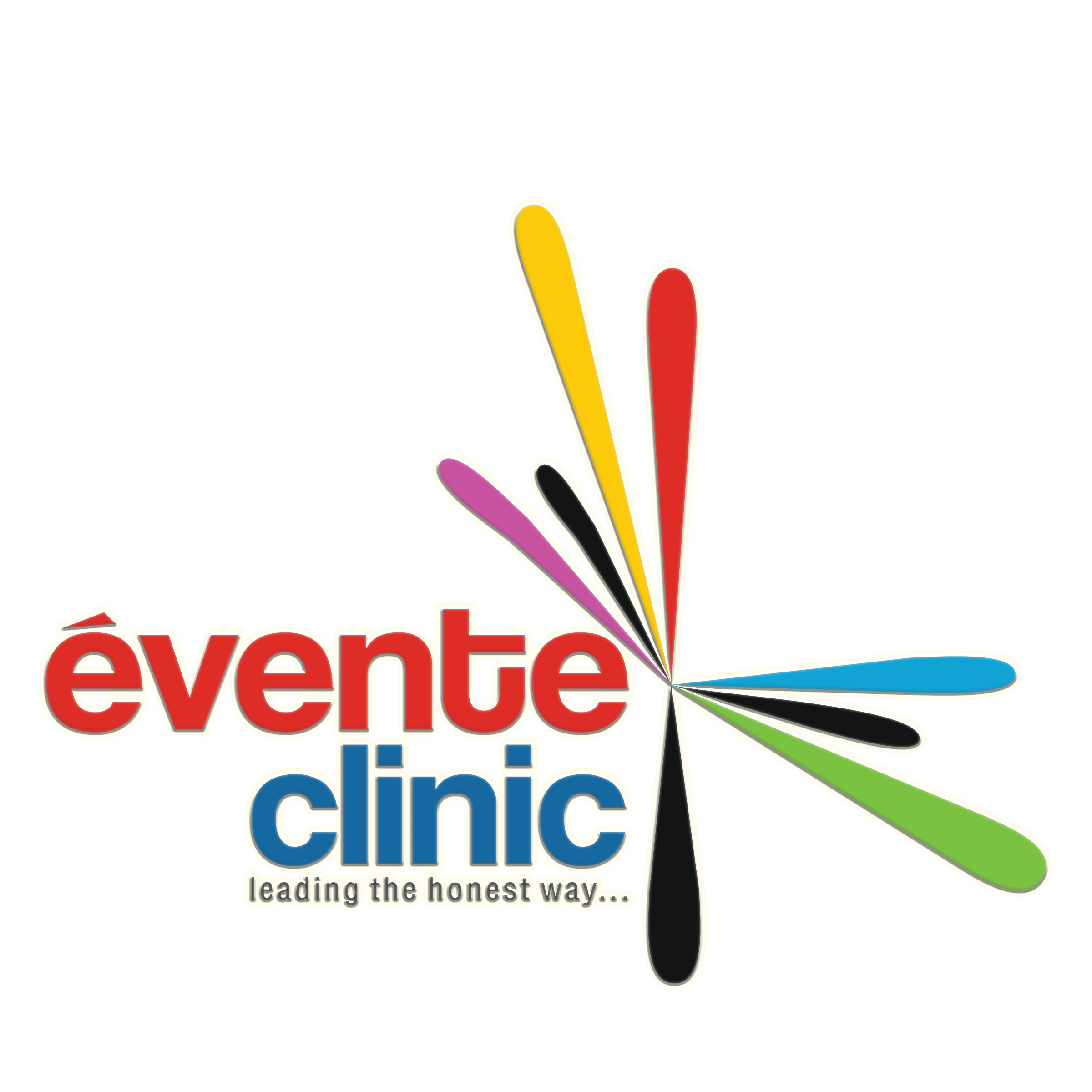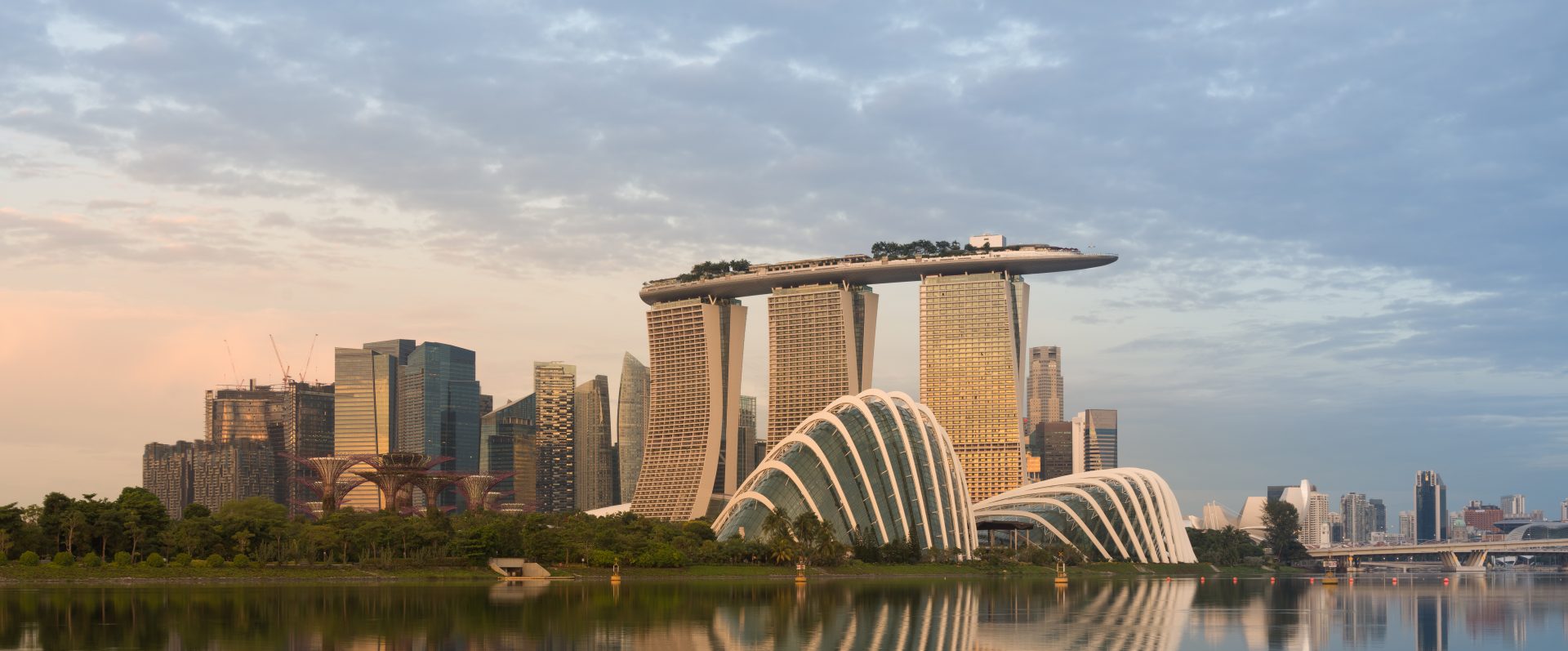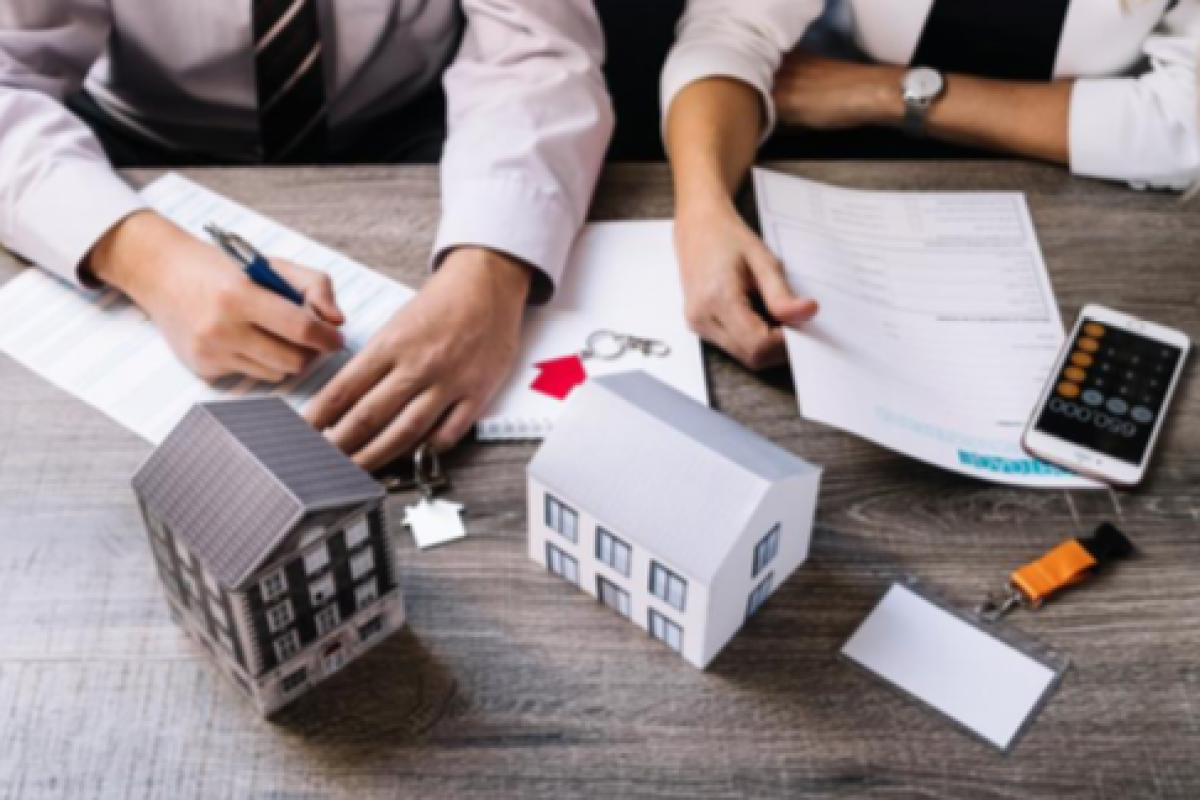Why one should invest in Navi Mumbai?
Why one should invest in Navi Mumbai?

By EVENTE CLINIC
With real estate prices shooting up in Mumbai, it is not surprising that some of the demand has been shifted to the more affordable township of Navi Mumbai, which is an entry point to the city. It is the next best option to Mumbai, as it is developing rapidly as a commercial and urban area.
There has been a steady rise of 10% in the number of house registrations in Navi Mumbai in the past seven months, compared to the same period last year.
Builders have attributed this to infrastructural developments in the city—the new airport project and the Nerul-Belapur-Kharkopar railway line have been major draws for prospective home buyers. Navi Mumbai is unlike any other planned city in Mumbai. Well-planned infrastructures, wide roads, an abundance of natural landscapes are a few benefits of investing in property in Navi Mumbai.
“The opening of the first phase of the railway line towards Uran has proved to be an icing on the city realty’s cake. More people now are looking towards MMR’s new regions like Ulwe, Khalapur-Khopoli, Neral and Karjat because there will be better road and rail connectivity in the coming years”, says Namrata Pandey, Managing Director, Evente Clinic.
Below are some of the reasons why one should be investing in Navi Mumbai:
- Navi Mumbai is comparatively less crowded than any other area in Mumbai. This can be the case because of how well planned the city is.
- CIDCO proposed the construction of an international airport in the Kopar-Panvel area of Navi Mumbai. It has allotted 1000 acres of land to rehabilitate those displaced by the project. CIDCO also announced the development of a new township – Navi Mumbai Airport Influence Notified Area (NAINA), close to the airport, on 3000 acres of land. The construction of the international airport has created job opportunities, resulting in a large number of workers settling in the township. The construction has also brought on the development of Navi Mumbai in terms of its infrastructure and aesthetics.
The state government’s proposal to build a 22 KM freeway linking Mumbai with Navi Mumbai is another major reason for the township’s popularity. The Mumbai Trans Harbour Link, which is still awaiting approval, would make Navi Mumbai easily accessible to the bustling city of Mumbai. The freeway, on completion, would be India’s longest sea bridge.
Navi Mumbai has a designated Special Economic Zone. It is spread across 13000 hectares. This gives people the opportunity to find many jobs or set up a business there.



5. This level of infrastructure planning is a key factor behind the increased property rates in Navi Mumbai. Many new offices have opened here, including KPOs, BPOs and IT Parks. Not only that, many schools, as well as medical and engineering colleges, has become part of the skyline, thus boosting the rates of property in Navi Mumbai. Companies like Reliance, L&T, Accenture etc have their offices in Navi Mumbai.
6. It has good connectivity to Western and Central Railway. From Navi Mumbai you can easily travel to Kurla as well as Andheri through the local train.
7. Education – Navi Mumbai houses some of the best and finest schools. Airoli, Kharghar, Vashi, Nerul hosts some of the top-ranked Schools of
India.
8. In a move that could boost the property market in and around Navi Mumbai’s Kopar Khairane, the Maharashtra government has approved the plan to construct a smart financial-technological hub at Dhirubhai Ambani Knowledge City (DAKC), double the size of Mumbai’s Bandra Kurla Complex. The project will be constructed by Reliance Realty led by Anil Ambani and will house office space for the non-banking financial companies (NBFCs), information technology and services (IT & ITes).
“The opening of the first phase of the railway line towards Uran has proved to be an icing on the city realty’s cake. More people now are looking towards MMR’s new regions like Ulwe, Khalapur-Khopoli, Neral and Karjat because there will be better road and rail connectivity in the coming years”, says Namrata Pandey, Managing Director, Evente Clinic.
If you are looking to invest in Navi Mumbai, we have some amazing properties to showcase. Get in touch with us for more details. Please feel free to write to us at support@eventeclinic.com.sg or you can call us at +65 97547616 and we will be more than happy to help.











